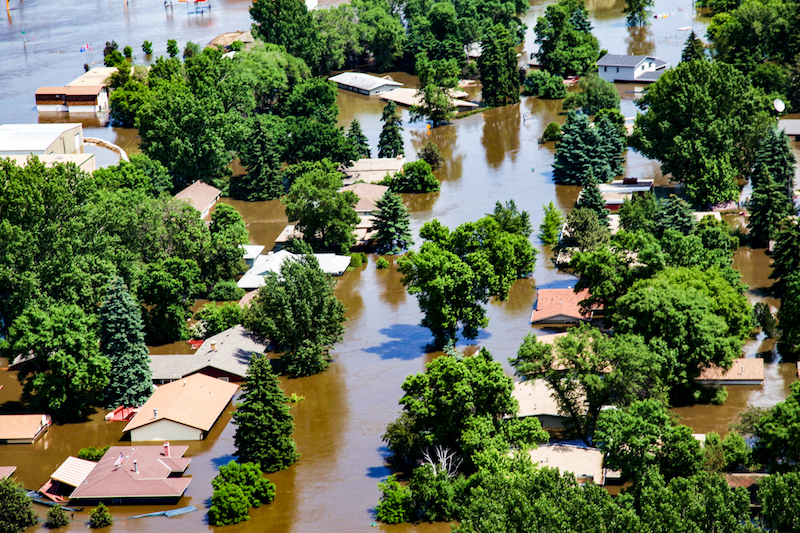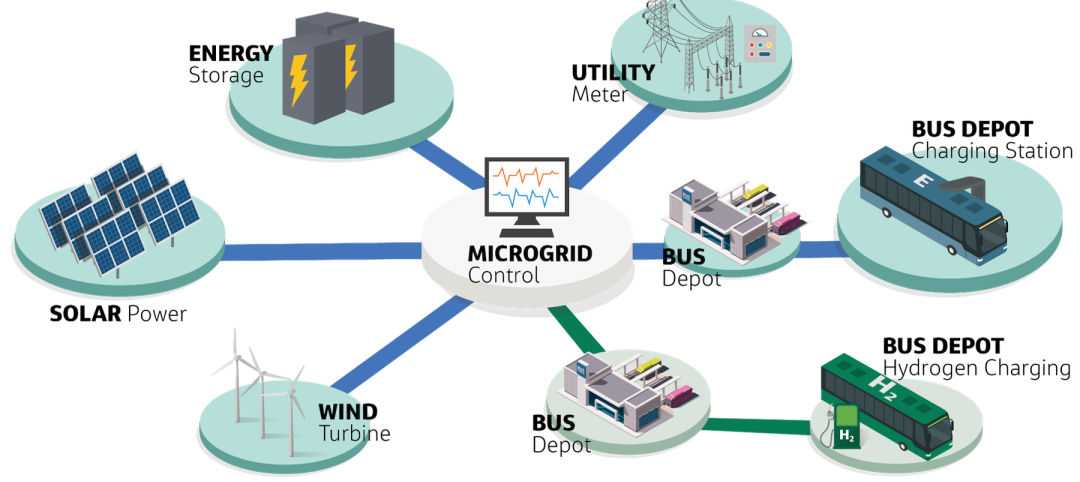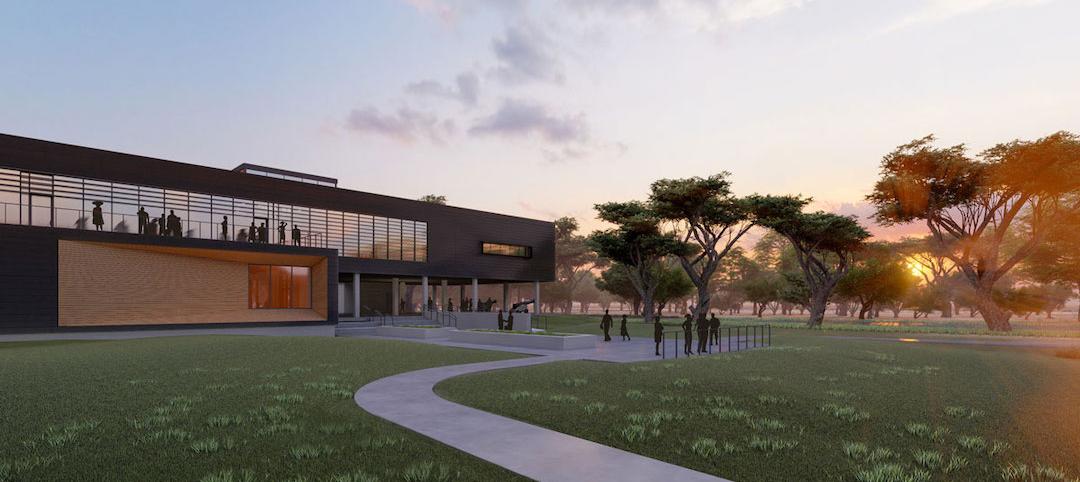Last June, Minot, N.D., received $74.3 million it was awarded in January 2016 as one of the winners of HUD’s resilience competition. The city, which was hit hard by flooding in 2011, will use that money over the next five years to reduce flood risks and improve water quality, build resilient and affordable neighborhoods, and diversify its economy.
This is part of a much larger flood-control effort that could cost up to $700 million, and involves FEMA, the Army Corps of Engineers, the state of North Dakota, and Minot, which will kick in $337 million over the next decade, says John Zakian, a former consultant with New York City’s resilience program, who now manages Minot’s National Disaster Resilience Program.
About half of the HUD money, $20 million, is financing the buyout of 170 single-family homes, and 190 total properties, along the river, tearing them down and turning that area into wetlands and flood barriers. Another $12 million was set aside for building multifamily housing, and to acquire property for a homeless shelter and downtown park, outside of the new flood plain.
Zakian says the city mandated the sale of the homes, but only had to invoke eminent domain on three houses.
Minot’s actions are further evidence that climate-induced migration—a/k/a relocation of populations at risk—is no longer off the table for municipalities as part of their disaster resilience strategies. And with FEMA’s National Flood Insurance Program already $25 billion in debt to the U.S. Treasury, rebuilding in vulnerable areas gets more financially precarious by the day.
“Eventually, people are going to have to face up to this reality,” says Rachel Minneri, who oversees AIA’s disaster assistance, resilience, adaptation, and sustainable community development programs. She points out that while FEMA doesn’t publish information about relocations, they’re actually a lot more common than is generally perceived.
Some examples of places where relocations are more than idle chatter:
- After being flooded in 2013, Boulder County in Colorado initiated a “Building Back Better” program that included buying back flood-damaged properties that would pose a future high risk, and turning those properties into undeveloped land in perpetuity. The county paid $26.8 million to acquire 46 properties, and was wrapping up demolition in September 2017;
- Hundreds of residents in Ottawa, Ont., abandoned their homes to escape record flooding in April. The city has told homeowners they could apply for government assistance to rebuild or repair one more time, and that’s it;
- Oregon school districts have been pulling schools out of tsunami zones, says Erica Fischer, PhD, PE, an assistant professor at Oregon State University who, until last August, was a design engineer with Degenkolb Engineers;
- Louisiana’s new master plan calls for paying 20,000 coastal residents to relocate. The state is currently engaged in a $48 million pilot program that includes relocating residents of 29 homes on Isle de Jean Charles, a narrow island that’s sinking into the Gulf of Mexico.
It’s worth noting, too, that only 17% of Houston-area homeowners have flood insurance, and federal disaster relief is capped at $33,000, hardly enough on its own to rebuild a destroyed house.
But convincing people to relocate is a psychological hurdle: just look at how many ignore evacuation orders, or keep returning, year after year, to regions afflicted by floods, tornados, and fires. Mandated relocation also devalues the forsaken property. And what still isn’t clear, says Josh Sawislak, AECOM’s Global Director of Resilience, is the value of such property beyond its existing primary function.
But if the government and insurers start cutting off, or even significantly reducing, dollars to rebuild and restore, resilience is going to mean relocation for a lot more at-risk Americans. “Those discussions are going to happen,” says Illya Azaroff of +LAB Architects and Experimentation in Brooklyn, N.Y., which has started downzoning coastal neighborhoods like Red Hook, and upzoning places outside of the borough’s flood plain.
Related Stories
Resiliency | Feb 15, 2022
Design strategies for resilient buildings
LEO A DALY's National Director of Engineering Kim Cowman takes a building-level look at resilient design.
Sponsored | Steel Buildings | Jan 25, 2022
Multifamily + Hospitality: Benefits of building in long-span composite floor systems
Long-span composite floor systems provide unique advantages in the construction of multi-family and hospitality facilities. This introductory course explains what composite deck is, how it works, what typical composite deck profiles look like and provides guidelines for using composite floor systems. This is a nano unit course.
Sponsored | Reconstruction & Renovation | Jan 25, 2022
Concrete buildings: Effective solutions for restorations and major repairs
Architectural concrete as we know it today was invented in the 19th century. It reached new heights in the U.S. after World War II when mid-century modernism was in vogue, following in the footsteps of a European aesthetic that expressed structure and permanent surfaces through this exposed material. Concrete was treated as a monolithic miracle, waterproof and structurally and visually versatile.
Sponsored | Resiliency | Jan 24, 2022
Norshield Products Fortify Critical NYC Infrastructure
New York City has two very large buildings dedicated to answering the 911 calls of its five boroughs. With more than 11 million emergency calls annually, it makes perfect sense. The second of these buildings, the Public Safety Answering Center II (PSAC II) is located on a nine-acre parcel of land in the Bronx. It’s an imposing 450,000 square-foot structure—a 240-foot-wide by 240-foot-tall cube. The gleaming aluminum cube risesthe equivalent of 24 stories from behind a grassy berm, projecting the unlikely impression that it might actually be floating. Like most visually striking structures, the building has drawn as much scorn as it has admiration.
Sponsored | Resiliency | Jan 24, 2022
Blast Hazard Mitigation: Building Openings for Greater Safety and Security
Microgrid | Jan 16, 2022
Resilience is what makes microgrids attractive as back-up energy controls
Jacobs is working with clients worldwide to ensure mission critical operations can withstand unexpected emergencies.
Sponsored | BD+C University Course | Jan 12, 2022
Total steel project performance
This instructor-led video course discusses actual project scenarios where collaborative steel joist and deck design have reduced total-project costs. In an era when incomplete structural drawings are a growing concern for our industry, the course reveals hidden costs and risks that can be avoided.
Resiliency | Oct 19, 2021
Achieving resiliency through integrated design
Planning for and responding to the effects of adverse shocks and stresses is typically what architects and engineers have always thought of as good standard design practices.
Resiliency | Aug 19, 2021
White paper outlines cost-effective flood protection approaches for building owners
A new white paper from Walter P Moore offers an in-depth review of the flood protection process and proven approaches.
Resiliency | Aug 19, 2021
White paper outlines cost-effective flood protection approaches for building owners
A new white paper from Walter P Moore offers an in-depth review of the flood protection process and proven approaches.

















